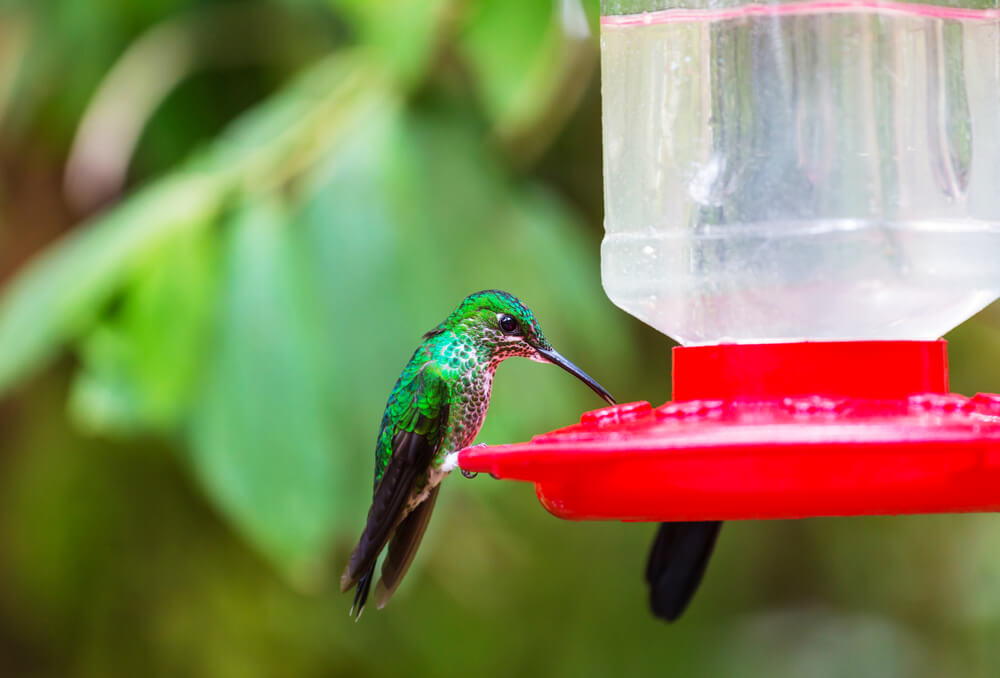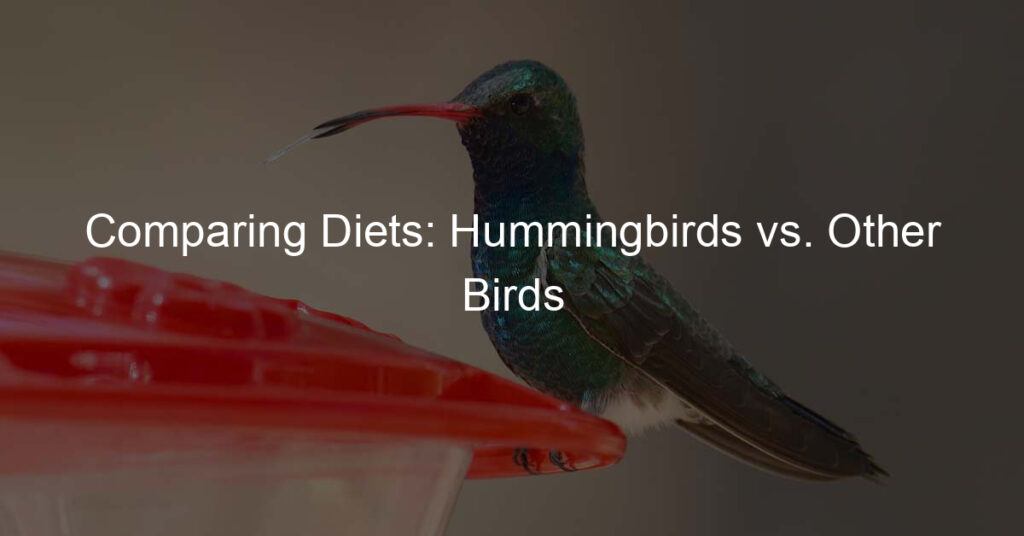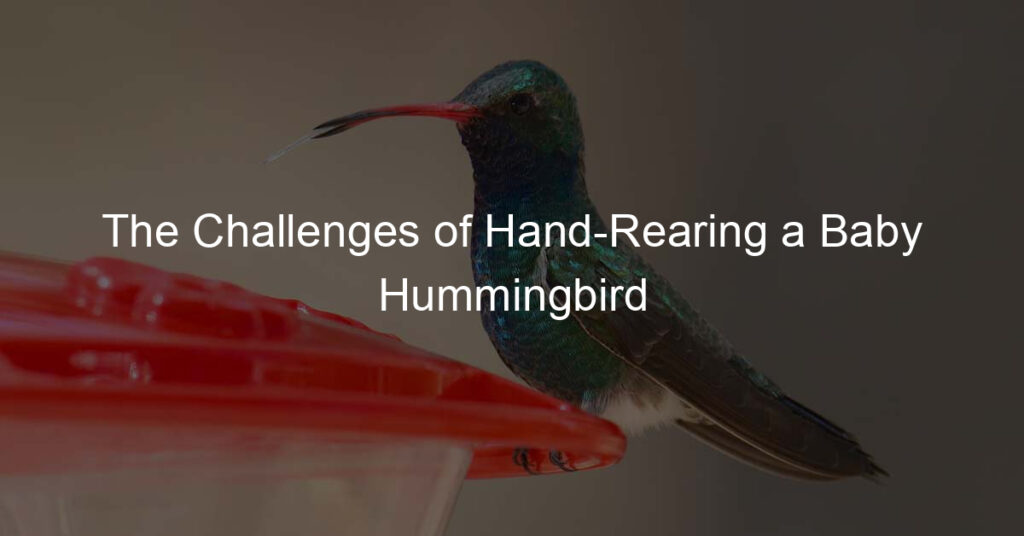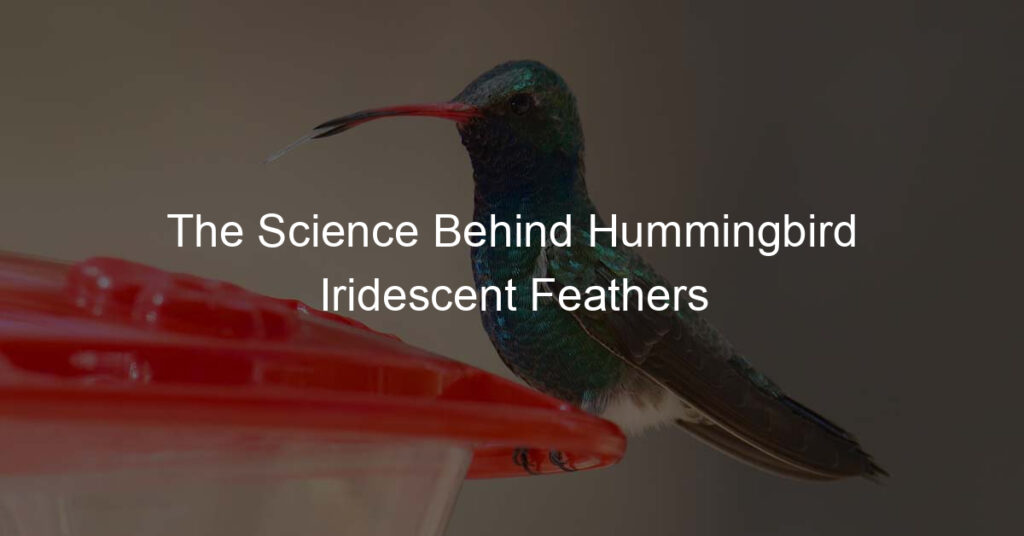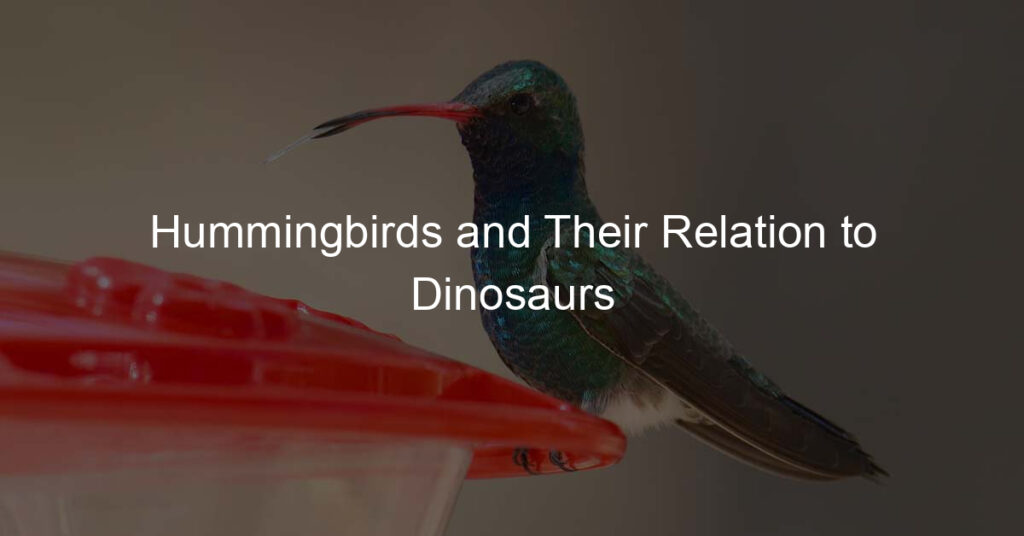Hummingbirds are beautiful birds that you will enjoy having in your environment, and a hummingbird feeder in the right place will attract more birds.
They are the smallest migrating birds globally and need to be protected. Getting to view the birds fly from one place to another is a fantastic experience.
Their name comes from the humming their wings make while flying, and to add to that, they are the only set of birds capable of flying backward.
Read on to learn about some of the places you can place your feeder for accessibly by the birds and give you and the visitors a good view.
But first
Factors to Consider When Placing a Hummingbird Feeder
Placing a hummingbird feeder takes more than hanging it on a branch. You need to find the proper placement to attract more hungry birds into your yard.
1. Distance
Ensure that you place the feeder in an area you can view without struggling to remember the birds are small.
Avoid placing it across the yard since it reduces your detailed view of every feature and color of the little birds.
2. Convenience
As a birder, convenience should be a priority; place the feeder in a place you can easily clean and refill. Place it in an area that will be easy to reach when removing it.
It’s wise to put it near paths, decks, and patios not too deep into the garden where accessibility is challenging.
3. Visibility
Visibility matters to both the bird and the birder. If the little bird doesn’t see the feeders, they will fly away from your garden.
Closer feeders give you an excellent view and observing area, which allows you to take the best hummingbirds photographs.
A brightly colored feeder is easier to notice and attract the hummingbirds’ attention, especially for feeders located in dense foliage areas. The birds tend to notice the red color faster.
4. Safety
Get a safe area to avoid hurting the birds plus, ensure that the placement is high enough to prevent predators such as cats don’t access the feeder.
Ensure that other insects around don’t access the feeders, not forgetting to place the feeders away or close the windows to avoid collisions with glass.
Although most hummingbird feeders don’t have dripping cases, it’s essential to check whether leaks are happening.
Place your feeders away from strong winds to prevent them from falling and avoid keeping them from an area with high traffic. Your feeder could be accidentally hit.
5. Weather Conditions
If you don’t protect your feeder from being rained on, you will contaminate the fresh nectar. Additionally, direct sunlight will spoil your nectar.
However, sunlight is helpful to the birds since it increases the chances of migrating birds seeing the feeders.
An area shielded from the scorching afternoon sun will be the best for your bird. A feeder placed under a tree will serve well.
6. Privacy
The aggressive nature of hummingbirds will drive them to feed in areas where there are no big birds.
They are also territorial, enough to set up their feeding stations away from other birds.
Locate your feeders in different places of the yard to allow the hummers to defend their feeding spaces and for more birds to access the area.
7. Spacing
Hummingbirds hover when feeding, and limited space restricts them from maneuvering around comfortably.
For frequent visits by the hummers, consider placing more feeders in the open spots rather than deep in the bush.
The birds love it when they can fly and protect their feeder from predators.
Top 5 Places to Put Your Hummingbird Feeder
Placing the feeder in the right place will attract more birds and give you and the viewers a lovely scene of the beautiful birds.
Remember moving the feeders makes a difference to the popularity of the birds, even if it’s just by a few meters.
Some of these places include:
- A bountiful garden with excellent sources of nectar and insect will provide a source of proteins for the birds. Here you can place the feeders on a tree not too high beyond reach and not too low for predators to access.
- An overhead roofline will be the perfect area to protect the birds from the scorching sun by providing the afternoon shade, plus the shade helps keep the nectar fresh.
- Close to a safe window with decals that help minimize collisions and provide an excellent viewpoint for you, either in your office or home.
- A flowerbed that has plenty of nectar, and you can use a freestanding arbor to support the hummingbird feeder on the flowerbed.
- A deck railing with an extendable arm and special hangers attach firmly to the rails for safety and easy watch of the birds.
To Attract More Hummingbirds, You Should:
Change the Food Regularly: Nectar spoils quickly and becomes dangerous to the hummingbirds. It’s vital to change it at least twice a week and ensure that places with a temperature above 80 degrees consider changing it daily.
Clean the Feeders: To prevent mold and bacteria from building up in the feeder due to the sugary nectar, clean them regularly by scrubbing them to keep the birds healthy. The best part is most of the feeders are dishwasher safe.
Provide a Water Source: Although these birds don’t take a lot of water, they need to bathe, and as they sprinkle and splash water, they shake off any sticky nectar and remove pests from their feathers.
Avoid Red Food Coloring
As much as these feathered friends get attracted to bright colors such as red, they don’t need the coloration on the nectar to find it. Ensuring the feeder has a bright color is enough.
Final Thoughts
The scene of hummingbirds is impressive, and taking care of them will encourage them to land in your garden. Hummingbird feeders will be a significant investment to improve the scenes for the birders. Remember to maintain the feeders to keep the birds healthy.

